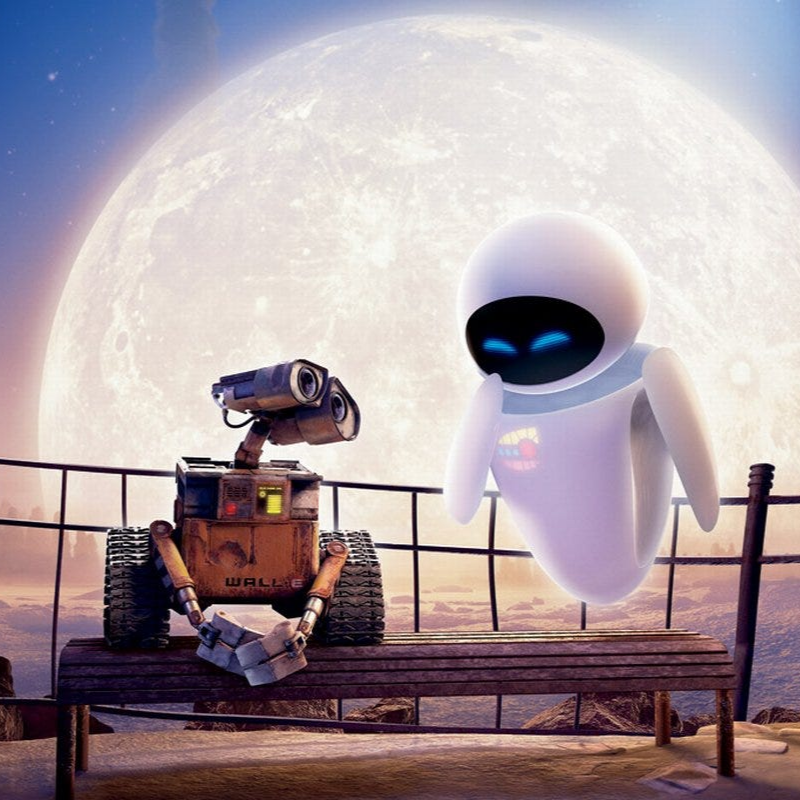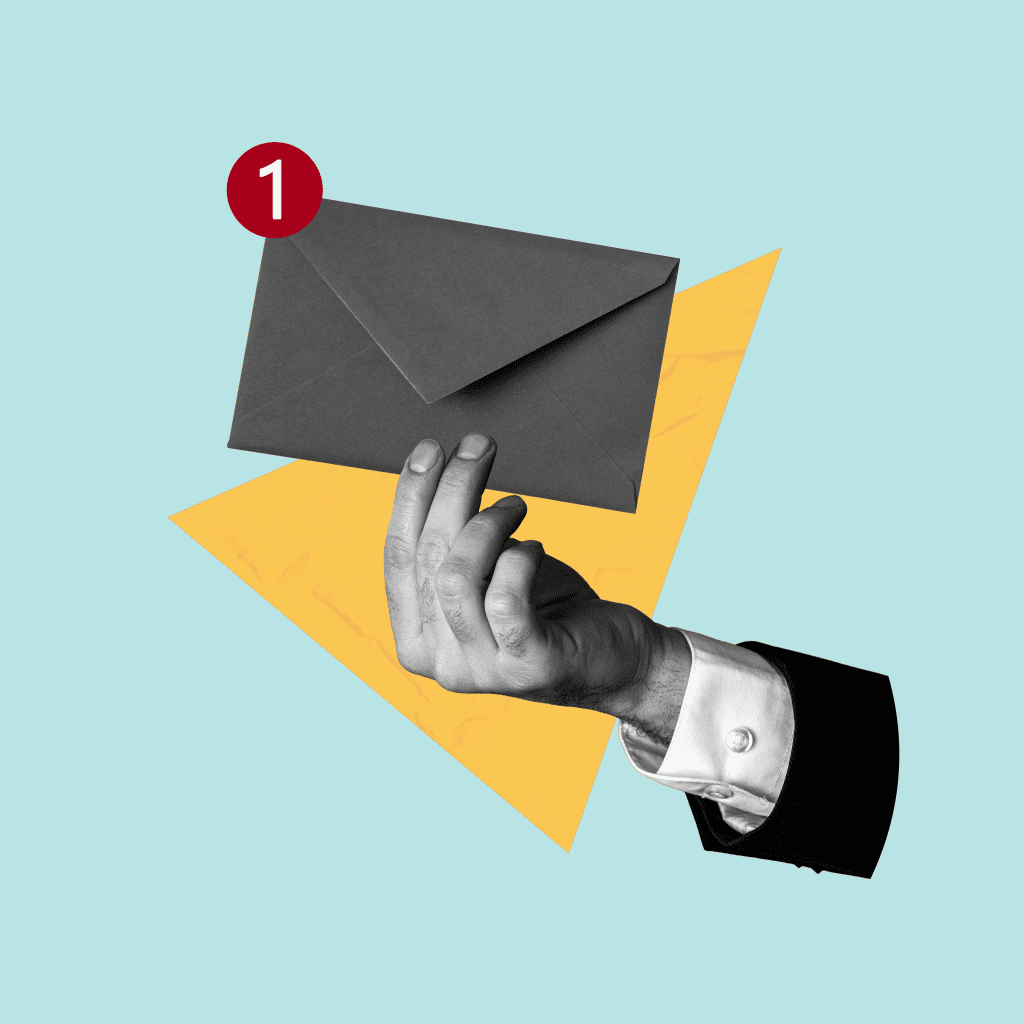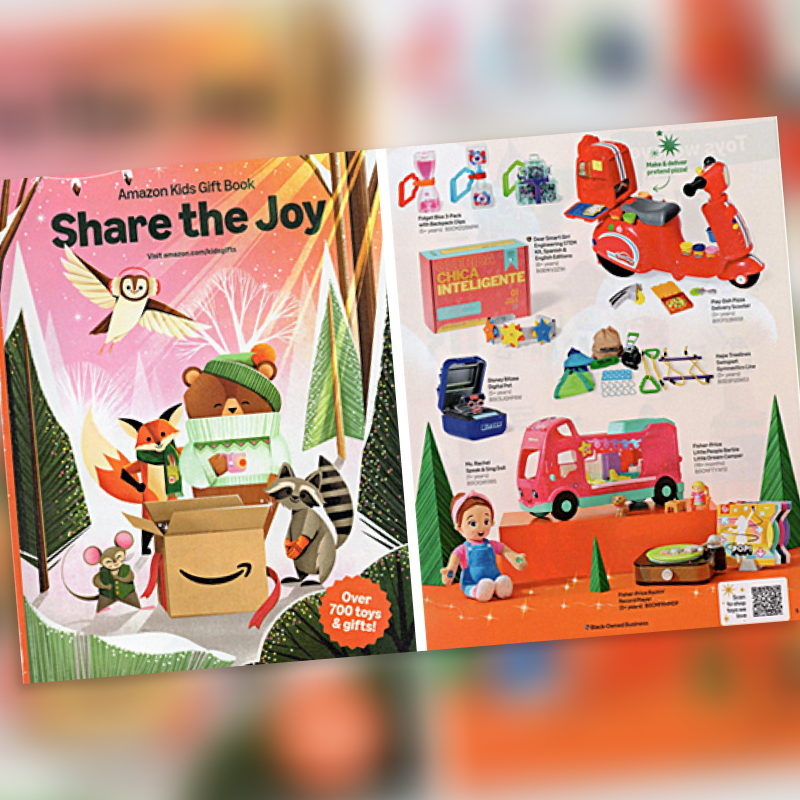It’s no secret that Artificial Intelligence (AI) is changing the game. While we’re not quite at the robots are everywhere WALL-E level of technology yet (but really, WALL-E and EVA are #CoupleGoals), there’s a ton of implications about AI and what it means for us all.
Honestly, it’s something we struggle with as an agency. When do we use it? What should we use it for? What are the best ways to use it? And how do we educate ourselves and our clients about it?
AI is great, don’t get us wrong. But we can’t lose the human aspect of what we, as marketers, do. It’s incredibly easy (maybe too easy) to take a prompt and enter it into ChatGPT. Or, by the same token, enter some keywords into an image generator and have it pull together an image. But what’s missing from the output is, more often than not, what we’ve worked so hard to identify – the essence of what makes a brand so unique.
What’s in the voice? What are those quirky human intonations? What are those spur-of-the-moment things that humans can relate to that a computer can’t speak to? And how about emotion? A computer can’t recognize that.
And let’s look at it from a legal perspective. If we’re just copying and pasting…what about copyright issues? We all saw that Scarlett Johanson was less than pleased about an imitation of her voice being used on an AI platform. If you tell a program to write using the characteristics of a celebrity persona, since AI pulls from information on the internet, isn’t it possible that you’re using a quote/copywritten material from them without realizing it? As marketers, we are responsible for doing the due diligence and ensuring we’re keeping our clients safe.
Does AI create efficiencies? Absolutely. Has it been helpful for our agency? Without a doubt. But there are still a ton of gray areas. The truth is that preserving the human element in AI development and use is crucial to ensuring that this technology enhances what we do rather than diminishes it.








